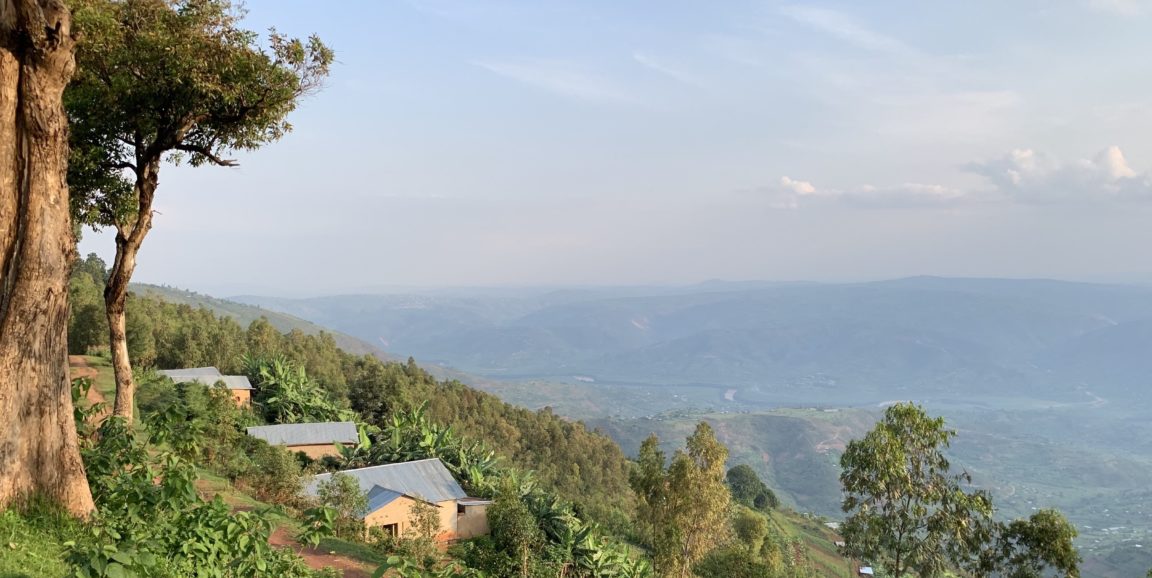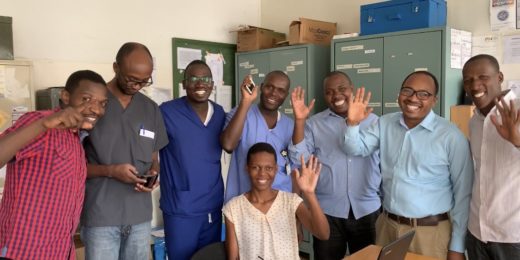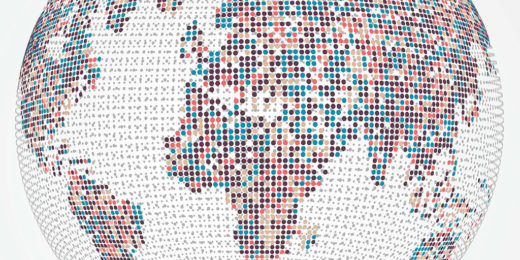I got to watch the drones take off one afternoon. It was mind-boggling.
Since 2016, Zipline -- an American company -- has used these flying machines to deliver blood and other life-saving medication to district hospitals across Rwanda. This impressive use of technology allows blood to be delivered in under 30 minutes instead of the hours it previously took to drive from the central supply in Kigali and over mountainous roads to rural locations.
They load drones with small cardboard boxes packed securely with blood. A parachute is attached. Then, the drones are launched -- as if from a sling-shot. They fly to their designated hospital, descend to a pre-set altitude over a designated drop-off, and dispatch the precious cargo, which floats to the ground.
Then the drones fly home. It's amazing to see. When I saw it, I thought about how innovations like this seem to fit so smoothly into the Rwanda of today - forward-thinking and life-affirming.
I was in Rwanda for three weeks as part of my fellowship in pediatric emergency medicine at Stanford. Before I arrived, like so many people, I associated the country with the 1994 genocide and the brutal images of devastation from the Rwandan Civil War. More than 800,000 people were killed and hundreds of thousands of women were raped.
Yet in only 25 years, Rwanda has transformed itself. Kigali, the capital city, is sophisticated and developed, with freshly-paved roads and streets lined with restaurants and internet cafes. And the lack of trash! I'm a city girl, and Kigali's cleanliness far surpassed any U.S. city I've ever seen.
Though the genocide is rarely mentioned, residual signs remain just below the surface. I saw these signs during my time at the University Teaching Hospital of Kigali/CHUK. Young women living with HIV. Men with a missing limb and others with more subtle scars on their bodies - vestiges of machete attacks. In the ED, we encountered patients living in large and complex family units, often comprised of members who were adopted after their biological family was wiped out during those bloody 100 days.
I spent my first week in Rwanda teaching 19 emergency department residents (from a program that Stanford helped develop) and nurses a course on advanced pediatric life support. The participants blew me away. They were introspective, thoughtful and knowledgeable as they approached each case. Each doctor possessed true pride at what they were -- members of the new and sole emergency medicine residency in Rwanda, which has graduated its first two classes and a total of 14 physicians.

These students were the best of the best -- they had been earmarked early for medicine from their classwork and success on national exams. Most planned to return to their local district hospital after completing their residency; and when they arrive, they will be the only residency-trained emergency medicine provider there.
For now, most live far from their families, and spend long hours in the often under-staffed hospital. During downtime, they could be found studying textbooks in the staff room. Their comradery was apparent - they supported each other, ate together and presented a united front. These were not people full of distrust or apprehension to others. They were caring, empathic and inclusive -- both with each other and with their patients.
Most of the residents were older than 25. That means they had, in some way, survived the genocide. And they had survived, with a lust for life and knowledge very much intact. Though I came to Rwanda to teach medical skills, I left knowing I'd learned so much more about the human ability to endure.
Melissa Hersh, MD, is a pediatric emergency medicine fellow at Stanford Medicine. She spent three weeks in Rwanda last summer teaching and helping to supervise the residents and nurses in the emergency department at the University Teaching Hospital of Kigali/CHUK.
The first part of this series is available here.
Photos and video by Melissa Hersh






